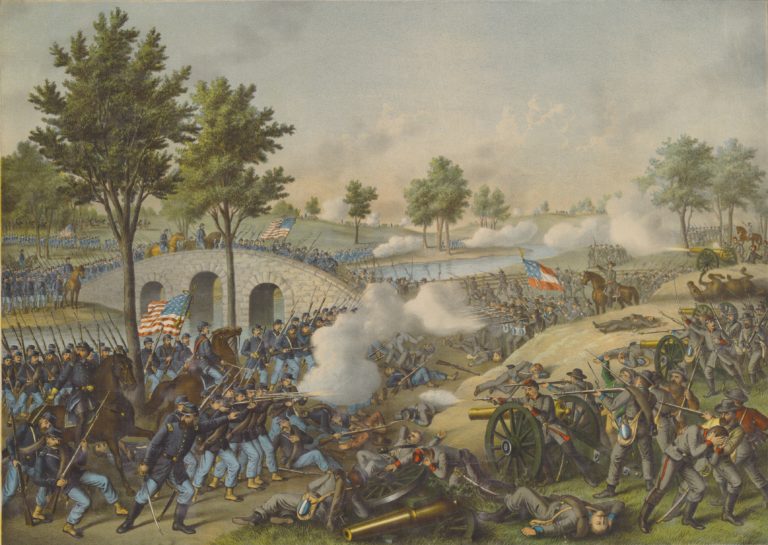Digital History


http://www.digitalhistory.uh.edu/
Each year, thousands of historical documents detailing the history of the United States are added to the wealth of material already available on the Internet, offering scholars unprecedented access to resources long sequestered in distant libraries and musty archives. And yet, even as the Internet has become an indispensable tool for teachers and researchers, the democratization of knowledge it represents can be bewildering, and even intimidating, in its breadth and complexity. Some organizations, lacking money or expertise, post documents from their collections to the Web with little or no context, collections covering related topics are often not linked together, and the methods used for organizing those collections are as varied as the materials they make available to the public. Under such circumstances, the labor required to make effective use of Web-based historical resources can be daunting. Digital History, a Website created by historian Steven Mintz and sponsored by the Department of History and the College of Education at the University of Houston, seeks to ease that burden by drawing together materials from several different sites and organizing them in a variety of ways that teachers of American history should find useful.
The list of materials available either on or through the Digital History Website is impressive. The core of the Website’s collection comprises over 400 documents secured through the Gilder Lehrman Institute of American History. These documents cover the full range of the American past, from pre-Columbian societies to the present, and represent a wide variety of voices and experiences. Links to more than 600 images, dozens of audio files of speeches, over 150 landmark Supreme Court cases, newspaper articles from the New York Times archives, maps, and a database of annotated links to other collections on the Web are also included. All of the documents are tied together through a smoothly operating Google search engine embedded in the site. Digital History’s real strength, however, lies in the creative and varied ways in which the site’s creators have organized their materials to suit equally the varied needs of history teachers.
Digital History proceeds from the premise that the best way to spur students’ interest in the study of history is to let students actually do history. In the section of the site entitled “eXplorations, for example, the site’s creators have constructed two dozen “inquiry-based interactive modules” that link primary sources together around a set of thorny historical problems, and encourage students to work through those sources in an effort to draw their own conclusions. “John Brown: Hero or Terrorist,” for instance, links correspondence between John Brown and abolitionist luminaries, images, eyewitness accounts, newspaper articles, audio files of contemporary songs, and court testimony to immerse students in John Brown’s world. Follow-up questions help them to explore both the historical significance of Brown’s life and the meaning of his legacy. All of the documents are thoroughly contextualized both through annotation and through links to an online textbook that provides a broad background for everything on the site. Each “interactive module” also includes a tab under which teachers might find lesson plans and suggestions for varied approaches. Digital History then extends the utility and richness of these documents by taking advantage of the flexibility of the Web-based environment, recycling them in focused essays on a variety of topics related to political, legal, economic, and social history. Many of the documents that appear in “John Brown,” for instance, reappear in repackaged, cross-referenced form, linked to essays, exhibits, and lesson plans on slavery, abolition, and the Civil War. Another section of the Website allows teachers and students to use the documents and images to build Web exhibits that can then be downloaded directly or e-mailed for later use. Still another page offers broader essays, again linked to Digital History’s wealth of primary sources, on Ethnic America, Film and History, Private Life, and Science and Technology. Finally, a section entitled “History Reference Room” provides users with links to an encyclopedia of American history, a glossary of historical terms, writing guides, and historical societies.
While Digital History describes itself as a resource for teachers at all levels, the site’s principle audience will be teachers and students in more advanced U.S. history classes. The emphasis throughout the site is on general knowledge, and the materials, in terms of sources, annotations, essays, and particularly the online textbook, are clearly more suited to the issues and ideas normally presented in freshman university surveys or advanced-placement high school courses than to younger students. By the same token, the emphasis on general knowledge, and on narrative, tends to crowd out deeper discussions of historiographical controversy and recent, cutting-edge scholarship. The online exhibit entitled “America’s Reconstruction,” for instance, relies heavily on, and refers those interested in further study to, a scholarly work now more than twenty years old. More recent scholarship has substantially complicated the field in the last two decades, and while a Web-based format offers an ideal environment for incorporating recent developments, Digital History’s creators have chosen to move in a different direction. In a similar vein, the online textbook, while providing helpful background, replicates the inflexibility of the traditional textbook format both in its necessarily synthetic nature and in its inevitable obsolescence.
As with most educational Websites, Digital History is a work in progress. Some promised sections are still under construction. Others have been allowed to slip into a state of disrepair. Many links, particularly those to outside Websites, are dead or lead to sites that now require registration and administrative passwords. The site’s creator, Steven Mintz, recently left the University of Houston to join the history department at Columbia University, and his departure likely explains the site’s slip in quality. Digital History is an ambitious Website with great potential. It would be a shame if it were allowed to languish.